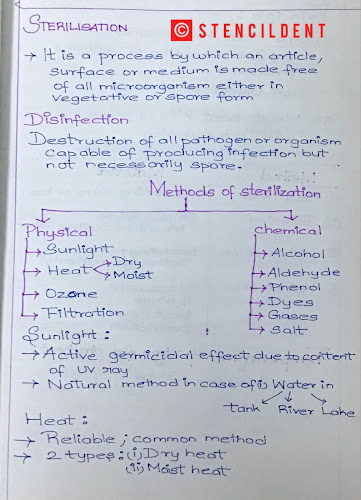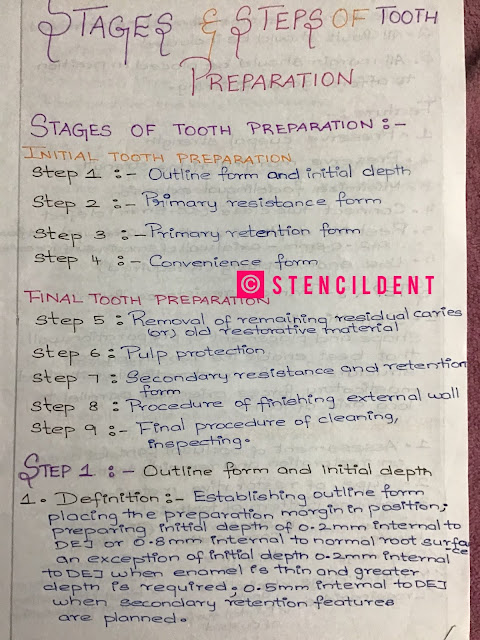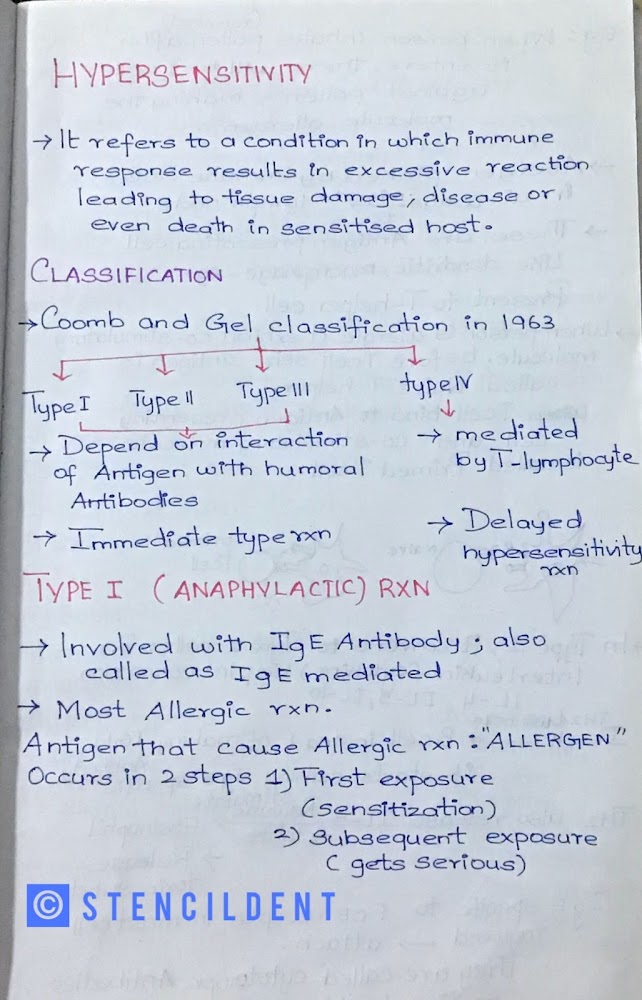Filling root canals in 3 dimensions- Endodontic techniques
OBTURATION TECHNIQUE :
OBTURATION: Three filling of entire root canal system
According to american association of endodontist : obturation is the method used to fill and seal a cleaned and shaped root canal using a root canal sealer and core filling material
OBJECTIVE:
- Substitution of an inert filling
- To eliminate all avenue of leakage from oral cavity
- Seal iatrogenic causes
- Same shape as root morphology
- Radiographic appearance - dense 3D filling
When to obturate root canal?
- Obturation after obtaining negative culture test
- Absence of foul odour
- Lack of periapical sensitivity
- No excessive exudate from canal
- Obturated when tooth is asymptomatic when root canal is reasonable dry
- It should be sterile ,or easily and quickly sterilised immediately before insertion
CLASSIFICATION OF OBTURATING MATERIAL
ACCORDING TO GROSSMAN:
- PLASTIC - Gutta percha,resilon
- solid- silver point,stainless steel
- cement and paste- hydron,mineral trioxide aggregate,calcium phosphate,gutta flow
Requirement for ideal root canal filling material
- Material should be easily introduced into root canal
- It should seal laterally as well as apically
- Not shrink after being inserted
- Bacteriostatic
- Should not stain tooth
- Sterile
- Radiopaque
- It should be impervious to moisture
- it should be easily removed from root canal if necessary
GUTTA PERCHA
- Most popular core material used in endodontic
- Its a trans -isomer of polyisoprene and exist in alpha and beta crystalline
COMPOSITION:
- Gutta percha- 19-22% ( matrix)
- Zinc oxide : 59-79%( filler)
- Heavy metal sulfate: 1-17%( radiopacifier)
- Wax: 1-4% (plasticizer)
PROPERTIES:
- Does not shrink after insertion ,unless its plasticized with a solvent or heat
- Radiopaque ,non-staining ,impervious to moisture
- Soften at temperature above 64 degree celsius
- Its easily sterilised prior to insertion and does not encourage bacterial growth
- Less toxic and least irritating root canal filling material.
GUTTA PERCHA OBTURATION TECHNIQUE
1) COLD LATERAL CONDENSATION TECHNIQUE:
Traditional method
in contemporary endodontics, to achieve 3-d seal its not used
Materials required:
- Absorbent paper point
- Lentulo spiral
- Hand spreader
- Finger spreader
PROCEDURE:
1)Isolate: rubber dam,sterilize the field of operation
2)Dry the canal-absorbent paper point
3)Gutta percha is also called the primary cone /master cone is inserted into root canal:
- To establish -working length,
- Resist removal (tug-back)
- Determine the apical and lateral fit of primary cone
- Master cone is adjusted if it protrudes through apical foramen,
- If 2-3 mm short of apex then new cone,or canal should be re prepared to the corrected length
5) Canal dried:
In a sterilised slab with sterilised spatula mix the root canal sealer ,at proper consistency
6) Remove absorbent point ,small amount of sealer on lentospiral
- Apical half of primary cone is coated with sealer ,placed in canal
7)Hand /finger spreader is inserted alongside primary cone to 1 mm short of working length
- To ensure lateral compaction of apical 3rd of master gutta percha point
8)The spreader is disengaged from cone by rotating between fingertips
9)Accessory cone is inserted in the space previously occupied by spreader
10) Accessory cone is placed parallel to spreader blade
cement coating is not mandatory
11)size of spreader is determined by
- prepared canal width
- To obtain optimal apical compaction spreader size of 1-2 mm of working length is required
12)After ,verifying fit of obturated canal by radiograph
- But end of gutta percha in pulp chamber iis cut off with hot instrument
13) Chamber is cleaned ,restoration is placed in the access cavity
LIMITATION:
- Void in between the filling
- Increased sealer ; gutta percha ratio when compared with thermoplasticized technique
WARM VERTICAL CONDENSATION METHOD :
Introduced by schilder with object of filling lateral and accessory canal as well as the main root canal
MECHANISM:
- Step back technique
- Heated plugger applied pressure in vertical direction to heat softened gutta percha and thereby causes it to flow and fill the entire lumen of the canal
REQUIREMENT:
- Apical foramen should be kept as small,so that excess gutta percha will not be forced through it during vertical condensation
- Continuus tapering funnel should be present from root canal orifices to root apex
PROCEDURE:
1) Master cone adaptation in the prepared root canal
2)Canal wall is coated with thin layer of root canal cement
3)Master cone is seated up to working length
4)Coronal end of cone is cut off with a heated instrument
5)Heat carrier or electric carrier
6)Vertical condenser /plugger suitable size is inserted ,vertical pressure is applied to heated gutta percha.
step 5,6 is repeated till it seals the larger accessory canal and fill the lumen of canal
- Goodman and associate have shown that the maximum regional temperature to which gutta percha is subjected 80 degree celsius ,at apical region is 40-42 degree celsius
Advantage
- Excellent seal of canal apically,laterally
- Obturation of larger lateral accessory canal risk of vertical root fracture
Disadvantage
- Long duration of time
- Obturation of larger lateral accessory canal risk of vertical root fracture
AIM OF THIS POST
Today we started with what is obturation,objectives,when to obturate classification of obturating material,requirement for obturating material,then moved into learning about gutta percha ,techniques employed -cold lateral condensation ,warm vertical condensation method .I have taken almost 5 plus hours making notes and editing if you like this post do let me know in the comment section below as it would be good dose of immunity to me ,Thanks in advance .
For product endorsement contact :
Email: stencildent@gmail.com
Instagram- Stencildent
THANK YOU












Comments
Post a Comment